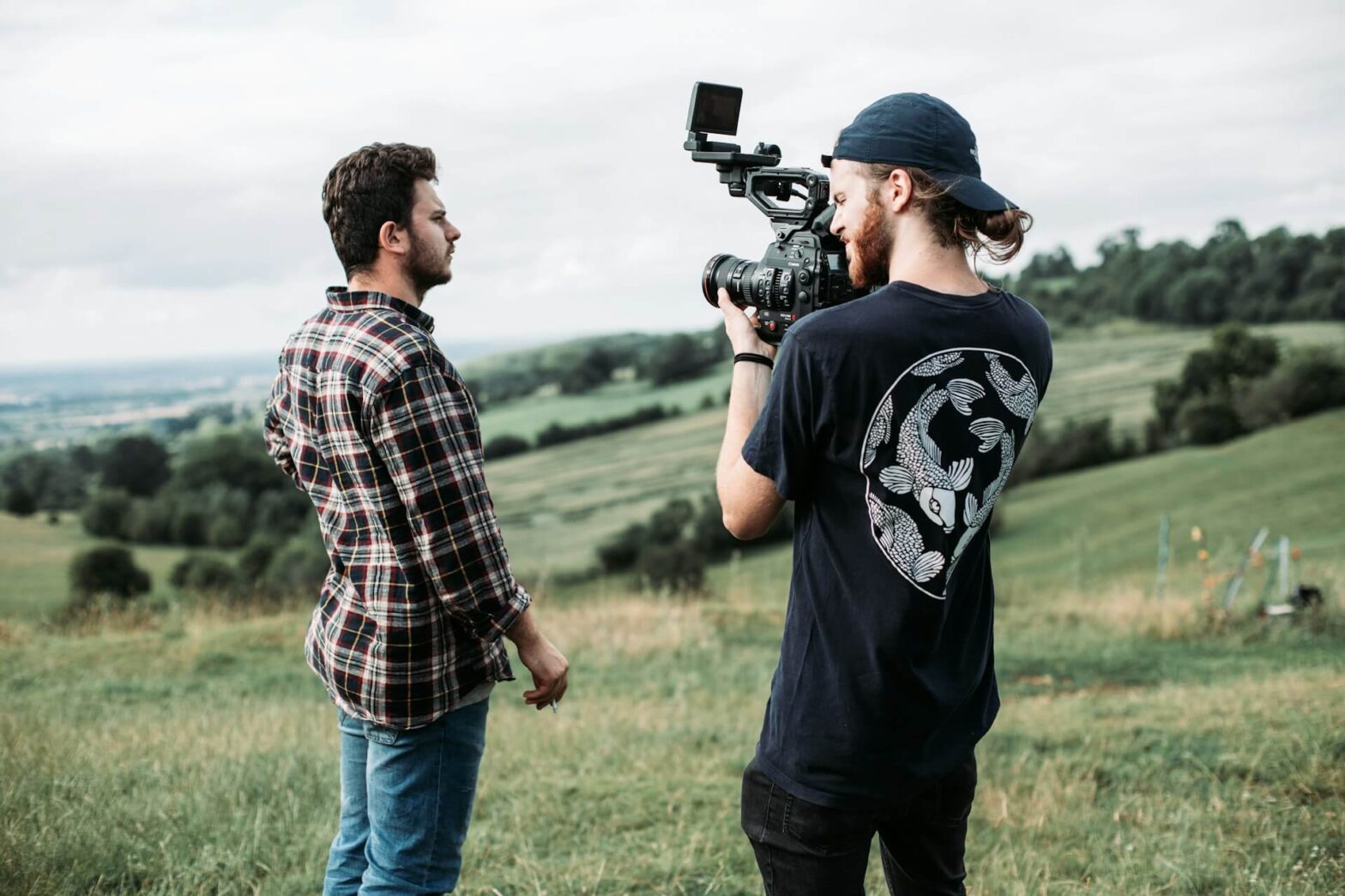Documentary films, often seen as the window to the real world, offer a unique cinematic experience that blends storytelling with reality. Unlike fiction, documentaries are based on real events, people, and places, and they aim to inform, educate, and sometimes advocate for change. The essence of a documentary is to delve into the truths of our world, presenting them in a way that is both engaging and insightful.
The history of documentary films dates back to the early 20th century, with the term “documentary” being first coined by John Grierson in 1926. Grierson described documentaries as a “creative treatment of actuality,” which is a definition that still holds true today. Early documentaries focused on providing factual reports or educational content, but over time, the genre has evolved to encompass a wide range of styles and subjects.
Modern documentaries come in various forms, including observational, expository, participatory, reflexive, and performative. Observational documentaries aim to simply observe the world without any intervention, while expository documentaries focus on providing information and persuasive arguments. Participatory documentaries involve the filmmaker’s interaction with the subject, whereas reflexive documentaries focus on the relationship between the filmmaker and the audience. Performative documentaries, on the other hand, emphasize the subjective experience of the filmmaker.
One of the key features of documentary films is their ability to shed light on lesser-known or overlooked aspects of society. They often tackle social, political, and environmental issues, offering new perspectives and insights. Documentaries such as “An Inconvenient Truth” and “The Cove” have played significant roles in raising public awareness about environmental issues, while films like “13th” and “Bowling for Columbine” have sparked discussions about social and political topics.
Documentaries also serve as an important tool for preserving history and culture. They capture moments in time, tell the stories of different cultures, and document important historical events. This archival aspect makes documentaries invaluable for both education and research.
In the age of digital media, the accessibility of documentaries has increased dramatically. Streaming platforms like Netflix, Amazon Prime, and HBO have made documentaries more available to a wider audience, allowing for a greater diversity of voices and stories to be heard. This accessibility has also led to a surge in popularity of the genre, with documentaries reaching audiences that they may not have previously.
In conclusion, documentary films are a vital part of the cinematic landscape, offering audiences an opportunity to engage with the real world in a profound and meaningful way. They challenge our perceptions, broaden our understanding, and inspire us to think critically about the world around us. Whether you’re a film enthusiast or simply someone interested in learning more about the world, documentaries are a genre that should not be overlooked.
